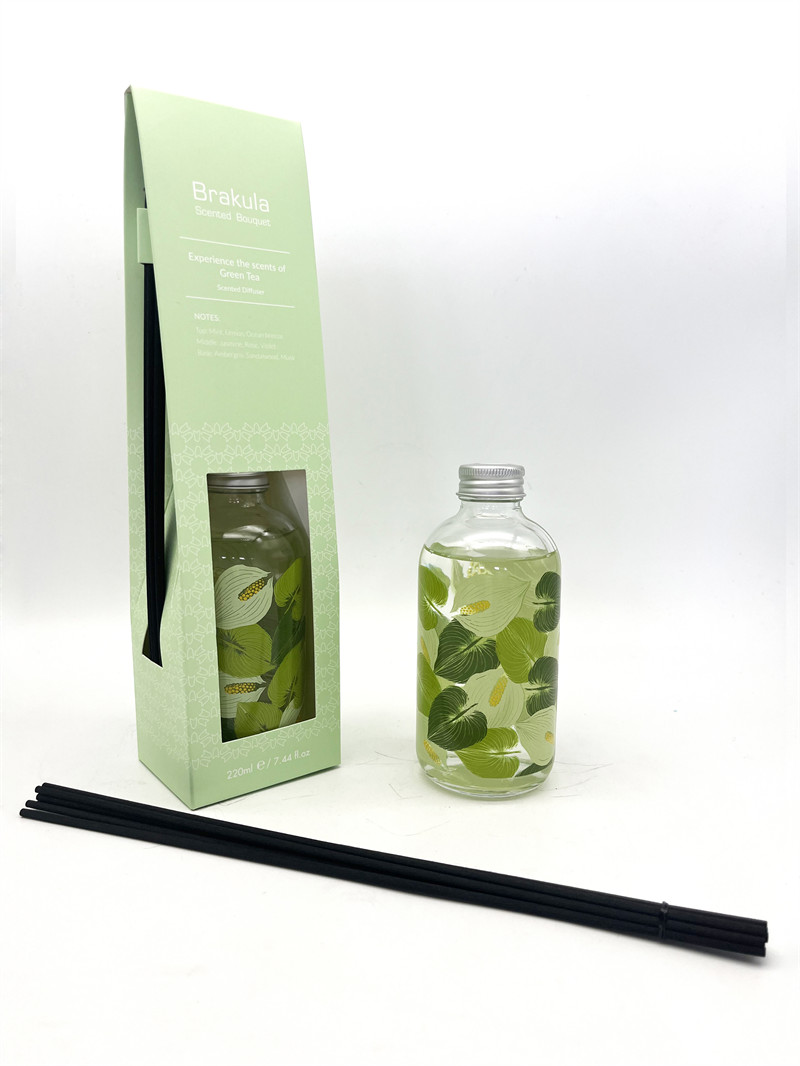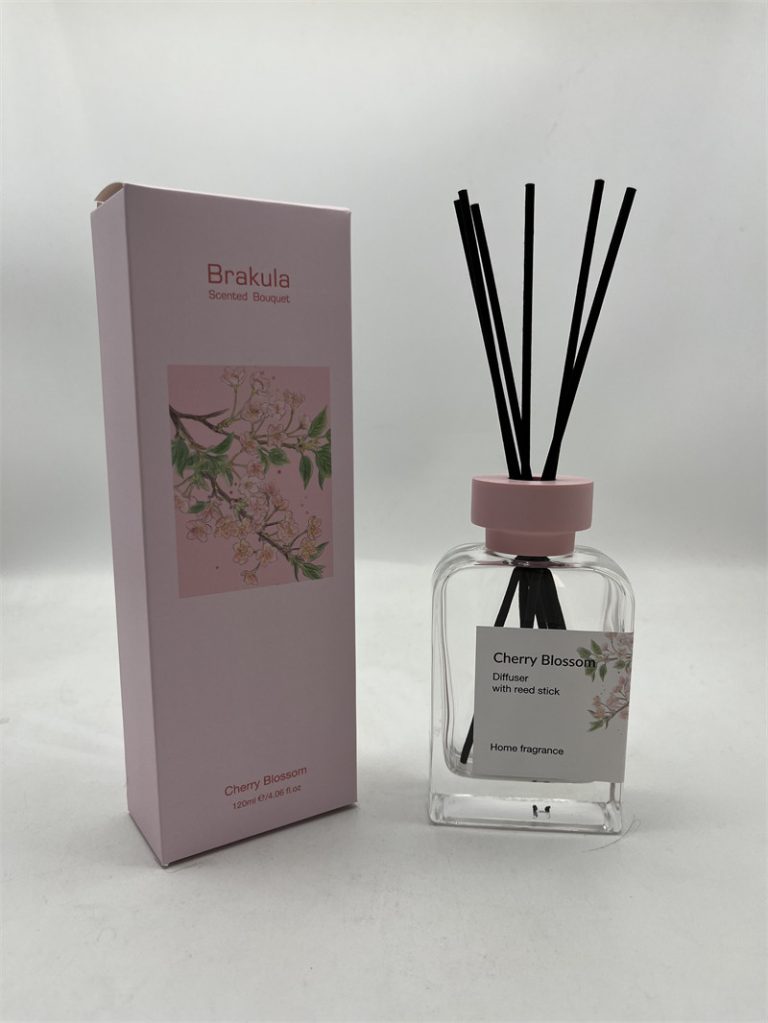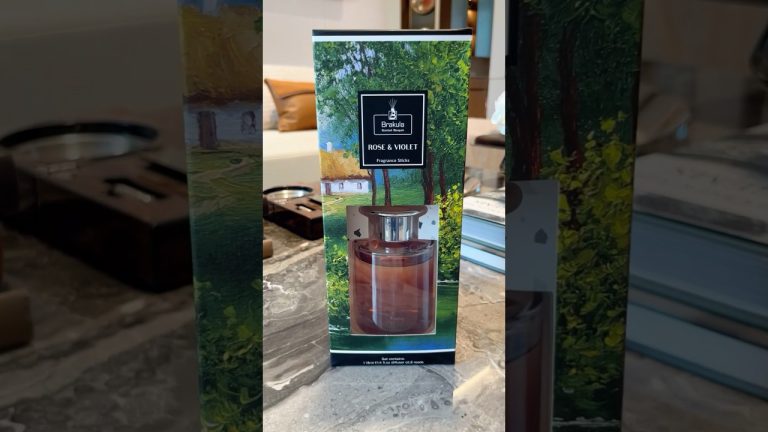Table of Contents
The Chemistry of Fragrance
Perfumes are crafted from a variety of aromatic compounds, but many of these ingredients share similar chemical structures. This similarity can lead to overlapping scent profiles that make different perfumes smell alike. For instance, common notes such as vanilla, musk, and citrus are often found across multiple fragrances, creating a familiar olfactory experience.
The way our noses perceive these scents is also influenced by the volatility of the fragrance molecules. Some compounds evaporate quickly, while others last longer on the skin. As a result, when we wear different perfumes, we may find that the top notes—the initial scents we detect—often feature comparable elements, further contributing to their similar aromas.
https://reedaromalab.com/tag/room-deodorizers-customized
Marketing and Trends
The fragrance industry heavily relies on trends to attract consumers. When a particular scent becomes popular, many brands will create similar perfumes to capitalize on that success. This tendency can lead to the proliferation of fragrances that share a common theme or aroma, making it difficult for individual scents to stand out in a crowded market.
Additionally, marketing strategies often emphasize specific scent families, such as floral or woody, which can encourage perfumers to stick to familiar combinations. As a result, consumers might notice that various perfumes marketed under the same category exhibit strikingly similar fragrances, reinforcing the notion that many perfumes smell alike.

| Products | Aroma Diffuser |
| Material | Ceramic |
| Suitable for | Gymnasium |
| Scents | Peach, French Pear |
| Capacity | 500ml |
| Color | Grey |
| Origin | China Supplier |
| Duration | 90-120days |
Personal Perception
Each individual’s perception of scent can also play a significant role in how we experience different perfumes. Factors such as body chemistry, diet, and even emotional state can influence how a fragrance develops on the skin. This means that what smells distinct on one person may not be as unique on another, leading to the impression that many perfumes have a similar essence.
Furthermore, our memories and associations with certain scents can shape our olfactory experiences. If someone has positive associations with a particular fragrance note, they might perceive similar scents more favorably, blending them in their mind. This psychological aspect can reinforce the idea that many perfumes share a common aroma, regardless of their actual composition.






